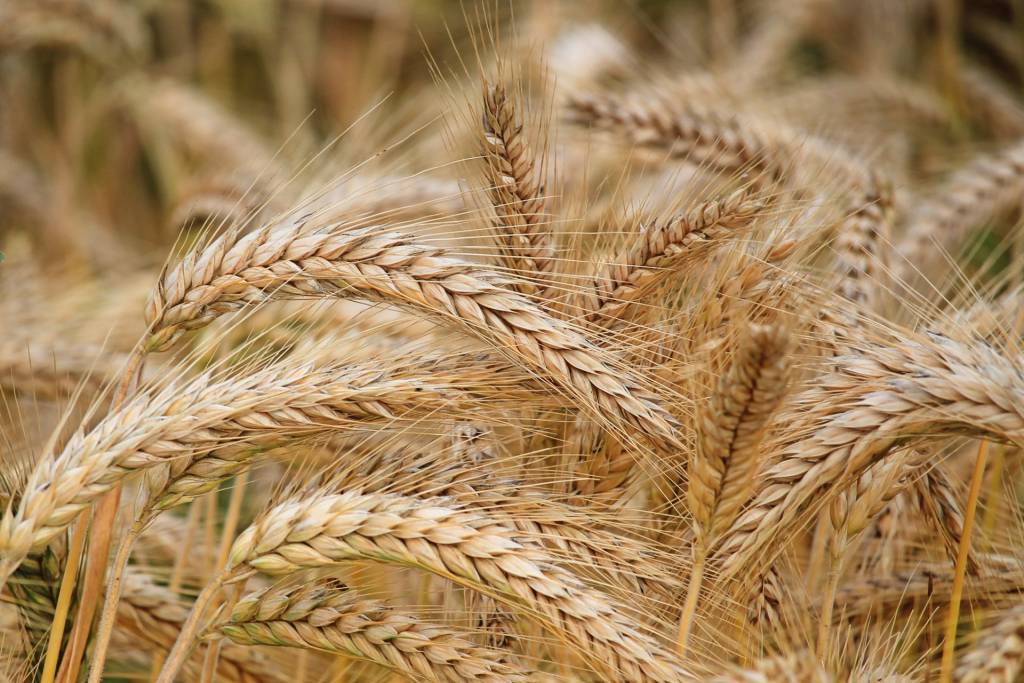Is Wheat A Vegetable?
We all encounter food-related questions that leave us scratching our heads, and the query about wheat’s classification is one of them. As a fundamental part of many cuisines worldwide, it’s crucial to understand whether wheat qualifies as a vegetable or not. This blog post aims to unravel the complexities surrounding wheat’s identity and provide clarity on its rightful place in the food classification system. So here we go, finding out is wheat a vegetable.
Unraveling Wheat’s Identity:
Is wheat a vegetable? Wheat, a cereal grain, holds a significant place in human history and agriculture. Its edible seeds have made it a staple in various foods like bread, pasta, and cereals, providing nourishment to millions of people over the ages.
Cracking the Is Wheat a Vegetable categories:
To figure out is wheat a vegetable, let’s briefly explore the definitions of different food categories commonly used in nutrition:
- Fruits: Fruits are the mature ovaries of flowering plants that contain seeds. They often taste sweet or sour and are meant to help propagate plants.
- Vegetables: Vegetables encompass the edible parts of plants, such as leaves, stems, roots, or flowers. They are known for their diverse nutritional benefits.
- Grains: Cereal grains, including wheat, rice, oats, and corn, are the seeds of grass-like plants. They provide a substantial portion of our dietary energy.
- Legumes: Legumes, like beans, lentils, peas, and peanuts, come in pods and are rich in protein.
- Nuts: Nuts are hard-shelled fruits or seeds from various plants, known for their high fat and protein content.
Unveiling Is Wheat a Vegetable’s Category:
Is Wheat a Vegetable? No, It’s a Grain!
Based on the food category definitions, we can confidently say that wheat is indeed a grain. As a cereal grain, it differs from vegetables as it’s the seed of a grass-like plant. It plays a crucial role in providing carbohydrates and nutrients to our diets.
Discovering the Goodness of Wheat: Is Wheat a Vegetable?
Even though wheat isn’t a vegetable, it doesn’t diminish its nutritional value. Here are some of the benefits it offers:
- Carbohydrates: Wheat is an excellent source of complex carbohydrates, providing sustained energy for our bodies.
- Fiber: Whole wheat is rich in dietary fiber, supporting digestion and promoting a healthy gut.
- Protein: Wheat contains some protein, making it valuable for individuals following vegetarian or vegan diets.
- Vitamins and Minerals: Wheat is packed with essential nutrients like B vitamins, iron, magnesium, and zinc.
Wheat is a fantastic grain that stars in some seriously tasty dishes from all over the world! Here are some of the best ones:
Bread: Who doesn’t love bread? It’s a classic and is enjoyed globally, from soft white loaves to hearty whole-grain slices.
Pasta: A pasta feast is always a hit! With all those different shapes and sauces, pasta is a never-ending adventure for your taste buds.
Pizza: Yum! Pizza is another favorite that owes its deliciousness to wheat-based dough, topped with whatever you fancy.
Chapati/Roti: In Indian cuisine, chapati or roti is a go-to flatbread made with wheat flour, perfect for mopping up those tasty curries.
Pancakes: Breakfast gets better with fluffy pancakes made with wheat flour, topped with syrup or anything you like.
Cakes and Pastries: Sweet tooth craving? Wheat flour is the backbone of all sorts of scrumptious cakes, muffins, cookies, and pastries.
Cereal and Breakfast Foods: Wheat is the star of many breakfast cereals, like flakes and granola, making mornings better.
Dumplings: Who can resist mouthwatering dumplings? From gnocchi to soup dumplings, wheat flour plays a big part.
Couscous: Couscous adds some magic to salads and stews, with its unique texture and nutty flavor.
Tortillas: Tacos, burritos, quesadillas—delicious Mexican dishes all made possible by wheat-based tortillas.
Bulgur: Nutritious bulgur is cracked wheat, perfect for salads, pilafs, and stuffing veggies.
Falafel: These crunchy and tasty fritters from the Middle East often include wheat flour to hold them together.
Biryani: South Asian biryani sometimes adds wheat-flour “meatballs” for an extra treat.
These dishes are just the tip of the iceberg! Wheat’s flexibility and nutritional value have earned it a special place in kitchens all over the world. So, next time you enjoy any of these wheat-based delights, remember to thank this fantastic grain for making our meals oh-so-delicious!
Conclusion:
The question of whether is wheat a vegetable has now been answered. As a valuable cereal grain, wheat plays a vital role in global food systems and culinary traditions. Understanding its rightful classification empowers us to make informed choices and embrace a balanced diet.
Whether you savor a slice of bread, enjoy a pasta dish, or opt for any other wheat-based delight, you can now appreciate the significance of this versatile grain. Let’s celebrate the diversity of foods and acknowledge the unique roles they play in nourishing our bodies and enriching our lives.

